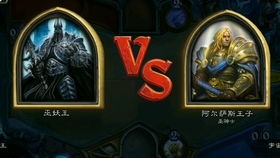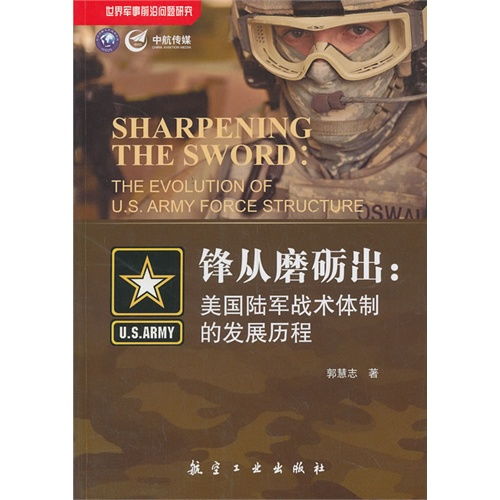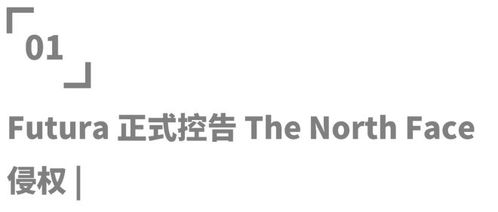Exploring the Evolution of Textile Art:A Historical and Cultural Analysis
: The Evolution of Textile Art: A Historical and Cultural Analysis,Abstract: This paper aims to explore the evolution of textile art from its inception to the present day, examining both its historical development and the cultural significance it holds within various societies. Initially, the study traces the origins of textile art, highlighting its role in preserving traditional craftsmanship and cultural heritage. It then delves into the evolution of techniques and styles, noting how technological advancements have influenced the creation of contemporary textile artworks. Additionally, the paper examines the impact of globalization on the dissemination of textile art, exploring how different cultures have contributed to its diversity. Finally, the discussion concludes with a discussion of the future of textile art, considering its potential for innovation and sustainability. Overall, this analysis provides a comprehensive understanding of the multifaceted nature of textile art and its enduring relevance in shaping our cultural landscape.
Introduction

Textile art, often referred to as textile design or fashion, has been an integral part of human civilization for centuries. It encompasses a wide range of techniques, materials, and styles that reflect cultural identity, social norms, and technological advancements. In this paper, we will analyze the evolution of textile art from its early beginnings to modern times, examining the key factors that have shaped its development and the impact it has had on society.
Historical Overview
The origins of textile art can be traced back to ancient civilizations such as the Egyptians, who used woven fabrics for clothing and other purposes. The Greeks and Romans were also known for their intricate patterns and designs in textiles, which were often used for religious ceremonies and emblems of power.
In medieval Europe, textiles became a symbol of status and wealth. Clothing was not only functional but also a statement of one's social standing. The Renaissance saw a renewed interest in textile art, with artists experimenting with new techniques and materials such as silk and velvet.
Modern Times
The Industrial Revolution brought about significant changes in textile production, leading to mass-produced textiles that were cheap and accessible to the masses. This shift in production methods also led to a decline in traditional handcrafted textiles, as machines replaced skilled artisans in the industry.
However, the rise of globalization and consumerism in the 20th century gave birth to a new wave of textile art. Designers began to incorporate elements of other cultures into their creations, creating a more diverse and inclusive market. The use of technology, such as computer-aided design (CAD) and digital printing, also revolutionized the industry, allowing for faster and more efficient production of complex designs.
Today, textile art continues to evolve, with designers exploring new materials, techniques, and themes. From sustainable practices to playful prints, textiles are being used in a variety of ways to express creativity and individuality.
Impact on Society
Textile art has had a profound impact on society, both positively and negatively. On the positive side, it has provided a means for individuals to express themselves through their clothing choices, promoting self-expression and personal expression. It has also contributed to economic growth, as the textile industry provides jobs and income for millions of people around the world.
However, there have also been negative consequences associated with textile art. For example, the overproduction of fast fashion has led to environmental degradation and waste, as many garments end up in landfills or oceans. Additionally, the exploitation of workers in developing countries has raised concerns about fair labor practices and the ethical treatment of workers.
Case Study: Zaha Hadid's "The Architecture of Solitude"
One notable example of textile art that has had a lasting impact is Zaha Hadid's "The Architecture of Solitude," a series of sculptures made entirely out of fabric. Created in collaboration with British artist David Hockney, these installations explore the relationship between architecture and the environment, using fabric as a medium to convey ideas about privacy, isolation, and community.
The pieces are characterized by their minimalist form and abstract composition, which invite viewers to contemplate the physical and emotional implications of their presence. Hadid's use of fabric as a sculptural element challenges traditional notions of what constitutes art, pushing boundaries and challenging conventions.
Conclusion
In conclusion, textile art has played an integral role in human history, serving as a medium for expression, communication, and cultural exchange. Its evolution has been influenced by various factors, including technological advancements, societal changes, and cultural traditions. As the industry continues to evolve, it is important to consider the impact of our choices on the environment and the communities we work within. By doing so, we can ensure that textile art continues to serve as a powerful tool for artistic expression while also promoting sustainability and social responsibility.

随着时尚产业的飞速发展,纺织品作为服装的重要组成部分,其艺术性在设计中扮演着越来越重要的角色,本论文旨在深入分析纺织品艺术的特征、发展趋势以及实际应用案例,为纺织品设计师提供理论依据和实践指导。
纺织品艺术特征分析
-
材料多样性 纺织品材料种类繁多,包括但不限于天然纤维、合成纤维、再生纤维等,每种材料都有其独特的纹理、手感和质感,为设计师提供了丰富的创作空间。
-
色彩运用 色彩是纺织品艺术的重要组成部分,设计师通过巧妙运用色彩,创造出丰富的视觉效果,如对比强烈的色彩搭配、和谐统一的色彩组合等,不同颜色还能传达不同的情感和意义,如暖色调代表温馨、浪漫,冷色调代表清新、自然。
-
图案设计 图案是纺织品艺术中不可或缺的一部分,设计师通过创新图案设计,创造出具有独特风格和个性的纺织品,图案可以包括抽象艺术元素、具象图案、几何图形等,满足不同消费者的审美需求。
纺织品艺术发展趋势分析
-
环保理念增强 随着环保意识的提高,越来越多的纺织品设计师开始关注环保理念,采用可再生、可降解的材料制作纺织品,注重生态设计,减少对环境的影响。
-
时尚元素融合 随着全球化的推进,不同地区的文化元素不断融合,纺织品艺术也呈现出多元化和融合的趋势,设计师通过将不同地区的文化元素融入纺织品设计中,创造出具有地域特色的纺织品。
-
智能化技术应用 随着科技的不断进步,智能化技术在纺织品设计中的应用越来越广泛,智能化的面料具有更好的透气性、吸湿性、防静电等功能,为设计师提供了更多的创作空间。
纺织品艺术实际应用案例分析
-
天然纤维纺织品艺术 以天然纤维为主要原料制作而成的纺织品,如纯棉T恤、麻质衬衫等,以其独特的纹理、手感和质感深受消费者喜爱,设计师通过巧妙运用天然纤维的纹理和质感,创造出具有自然风格的纺织品,满足消费者对环保和自然的需求。
-
合成纤维与再生纤维的融合设计 近年来,合成纤维与再生纤维的融合设计成为纺织品艺术的一大趋势,设计师通过将再生纤维与合成纤维相结合,创造出具有时尚感和舒适感的纺织品,这种设计不仅体现了环保理念,还满足了消费者对时尚和舒适的需求。
纺织品艺术作为服装设计的重要组成部分,其特征、发展趋势以及实际应用案例对于纺织品设计师来说都具有重要的指导意义,在未来的纺织品设计中,设计师应该注重材料多样性、色彩运用和图案设计等方面的创新,同时也要关注环保理念和智能化技术的应用,为消费者提供更加优质、环保、时尚的纺织品产品。
Articles related to the knowledge points of this article:
Empowering Threads:Join Our Team at Yi Pin Textiles
Exploring the Future of Quality:The Story of Qianzhuang Textiles Company
Suzhou Xinying Textiles:Navigating the Global Fashion Industry
Shanghai Jia Lan Textiles A Gateway to Luxury and Quality
The State-of-the-Art in Nanning Textile Inspection:A Comprehensive Analysis
Exploring the Legacy of Textiles in Shaoxing,Chinas Ancient Capital



